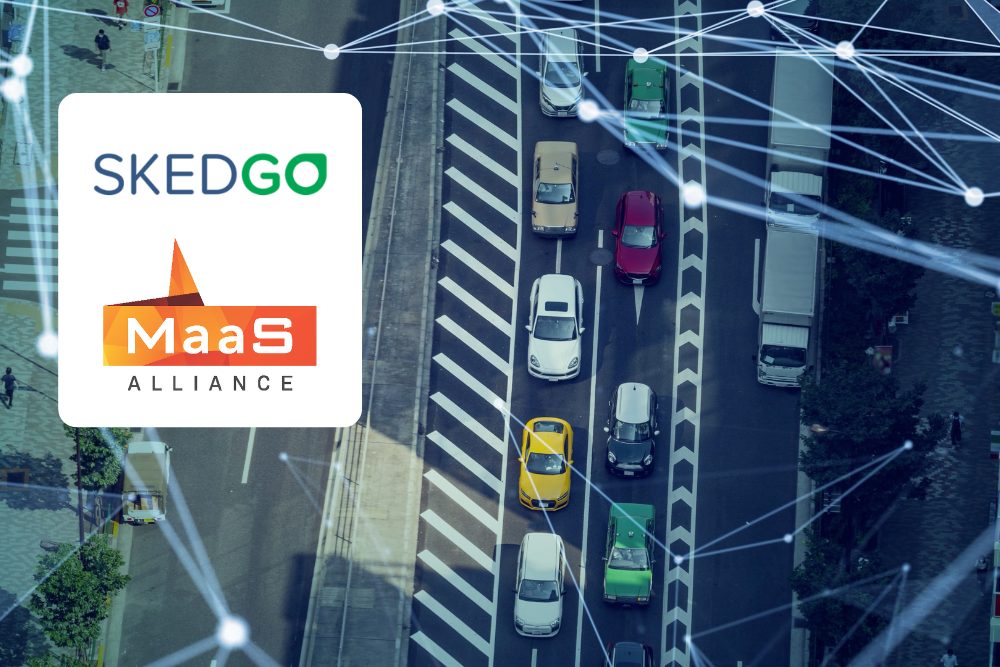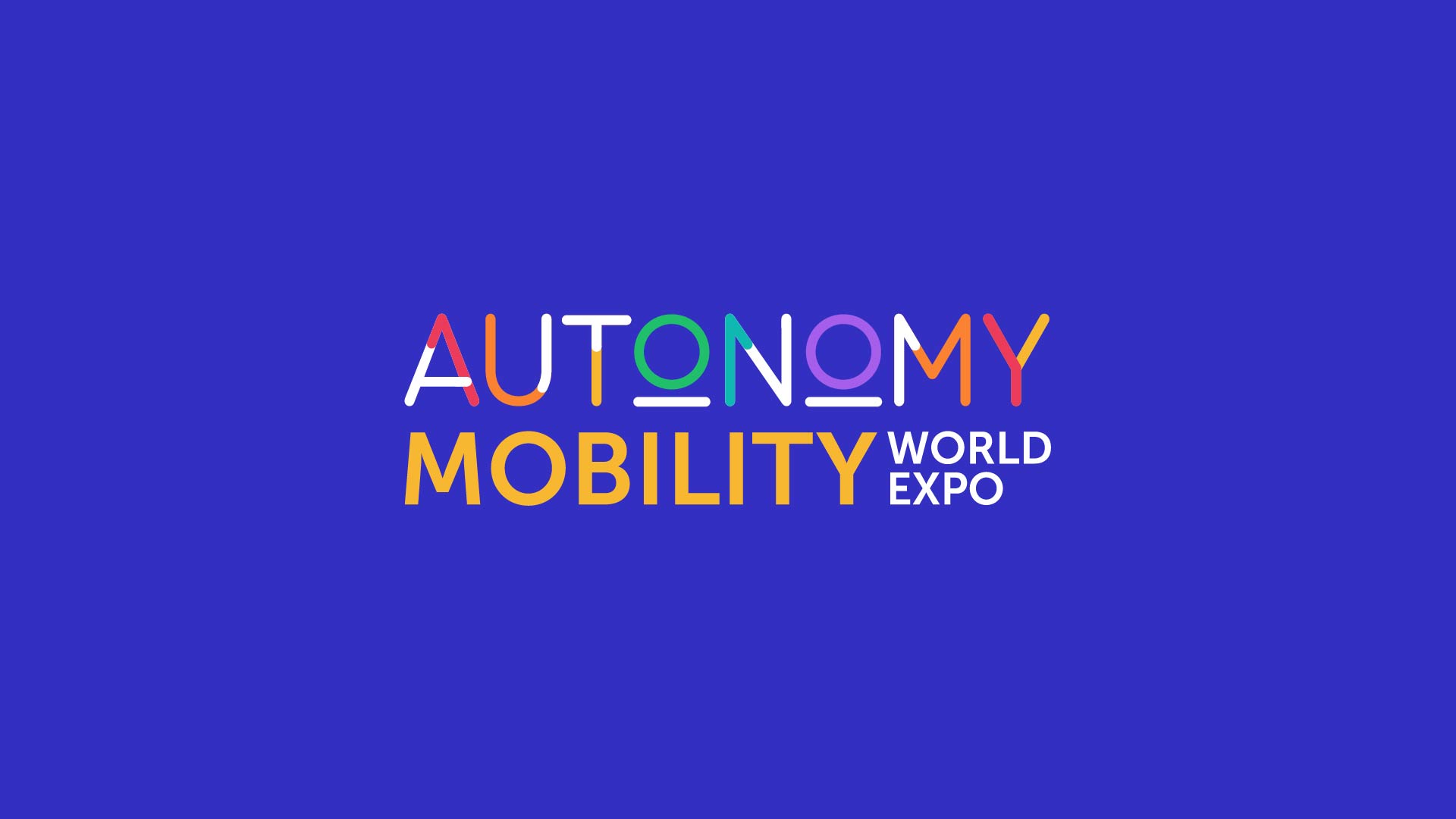[et_pb_section bb_built=”1″][et_pb_row][et_pb_column type=”4_4″][et_pb_text _builder_version=”3.0.93″ background_layout=”light”]
How will mobility change in the future and how will society at large react to this change? This was just one of the many questions that the Mobility of the Future event attempted to answer. Organised by Junction, the three-day event featured a hackathon, a professional day, and a student day.
MaaS Alliance Senior Manager Piia Karjalainen attended the second day of the event – the professional day – and spoke as part of the afternoon session on connected & autonomous mobility. Piia presented the MaaS Alliance and discussed how MaaS is redefining the relationship between people and cars. According to new IBM research, “traditional ownership models will not meet the future expectations of consumers, as 42 percent are very interested in subscription pricing, while another 24 percent of respondents are very interested in factional ownership of vehicles”. Piia also explained how the MaaS Alliance works to bring together stakeholders and connect the problem owners with the solution providers. The MaaS Alliance, in particular through its dedicated Working Groups, seeks to ensure that the user always comes first and provides market insights to solution developers so that they can quickly adapt to the changing environment.
 Other speakers in the connected & autonomous mobility session contributed more insights into MaaS, blockchain and autonomous vehicles. This session ran in parallel to two others – one dedicated to urban mobility & city design, and the other focusing on smart & sustainable mobility.
Other speakers in the connected & autonomous mobility session contributed more insights into MaaS, blockchain and autonomous vehicles. This session ran in parallel to two others – one dedicated to urban mobility & city design, and the other focusing on smart & sustainable mobility.
The event also included inspirational keynote speeches from Lukas Neckermann (Neckermann Strategies), Joan van Laan (IBM), and Mikael Colville-Andersen (Copenhagenize). Lukas focused on autonomous vehicles and invited all participants to become advocates of mobility of the future. According to him, “the last great challenge [for autonomous vehicles] is user acceptance and building trust in self-driving vehicles”. He went on to explain how autonomous vehicles are safer and more efficient, albeit they are changing the fabric of the city. Lukas also contemplated whether humans are really able to do better than robots, given that most of the accidents in road and air transport are related to human error.
Joan van Laan (IBM) elaborated on how IBM is helping to transform the world of autonomous and connected vehicles by harnessing cognitive computing. These days computers must be able to handle a variety of data, including voice, image, and video. The data is unstructured, and therefore difficult to process. He also raised questions about data integration, storage, and analytics. Looking at the future, Joan contemplated the cognitive abilities of autonomous vehicles and whether they might be able to learn for themselves.
Mikael Colville-Andersen, an advocate of cycling in cities, highlighted the need for cities to be user-centric and pleasant for their residents to use. He urged cities to take up cycling infrastructure, given it is a solution that is ready and can be easily implemented. Cities need to make cycling a user-friendly option for getting from point A to point B. If the infrastructure is there and it is an easy solution, people will adapt. However, when designing the infrastructure, it is important to take space away from cars, not pedestrians, given that, as Mikael put it, “the more space you make for cars, the more cars will come”.
[/et_pb_text][et_pb_gallery _builder_version=”3.0.93″ show_title_and_caption=”on” show_pagination=”on” gallery_ids=”1403,1404,1405,1406,1407,1408,1409,1410,1411,1412,1413,1414,1415,1416,1417,1418,1419,1420,1421″ fullwidth=”on” orientation=”landscape” zoom_icon_color=”#e74b1a” hover_overlay_color=”rgba(255,255,255,0.9)” background_layout=”dark” pagination_font_size_tablet=”51″ pagination_line_height_tablet=”2″ /][/et_pb_column][/et_pb_row][/et_pb_section]



